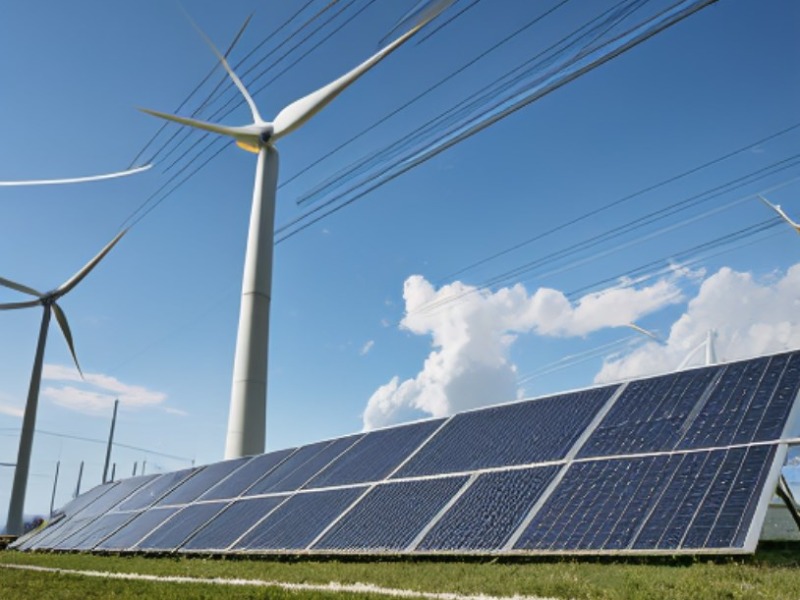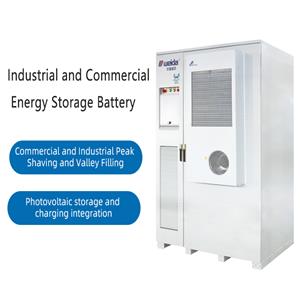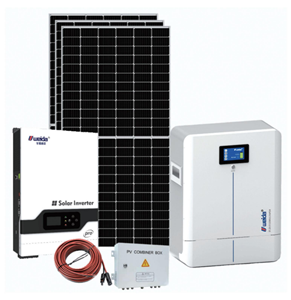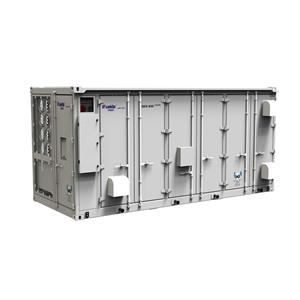Hóa đơn tiền điện gia đình của bạn đang được viết lại bằng cách lưu trữ năng lượng
‘Daytime rates at 1.5 yuan per kilowatt-hour, night-time rates just 30 cents? Installing an energy storage cabinet is like picking up money every day!’ Mr Li, a factory owner in Foshan, Guangdong, has done the maths: after installing a 500kWh storage system in his workshop, his monthly electricity bill has dropped by 23,000 yuan. This is no isolated case. In the first half of 2025, China's new energy storage installations surged by 115%. Globally, nine out of every ten energy storage batteries originate from China. Today, energy storage has evolved beyond a mere ‘technical concept’ into a tangible ‘energy steward’.
Three technological revolutions: transforming energy storage from a “luxury item” into an “everyday necessity”
Historically shunned for its “high cost, low efficiency, and vulnerability to high temperatures”, energy storage has been revolutionised by “large-capacity, large-string, liquid-cooled” technologies:
Battery cells have grown: much like mobile phone batteries upgrading from 1000mAh to 5000mAh, energy storage cells have leapt from 320Ah to 587Ah. This has reduced the size of 20-foot container battery modules by 35% and slashed costs by 20%. HaiCheng Energy Storage's 1175Ah cell achieved a 48% increase in full-lifecycle energy output in a Saudi project, boosting the return on investment by 5 percentage points. Put simply, where 100kWh of storage once occupied half a garage, the same space now holds 125kWh at a 20% lower cost.

Architectural ‘upgrade’: Traditional systems resemble ‘small pipes joined to form large pipes’. The new ‘large string high-voltage’ technology eliminates transformers, boosting efficiency by 6%. At Jiangsu Binhai's 200MW power station, back-loop losses dropped by 90%, yielding an extra ¥3 million annually. Huaneng's Hainan project deployed six units to handle work previously requiring 85 inverters, cutting construction time by 40%. Grid peak regulation now responds within 10 milliseconds – five times faster than conventional systems – preventing peak-hour blackouts.
Liquid cooling ‘tempering’: Liquid cooling acts like installing a ‘central air conditioning system’ for batteries, with thermal conductivity 20 times that of air. Temperature variation is controlled within ±3°C (traditional air cooling exceeds ±7°C). By 2025, liquid cooling penetration will surge to 45%, with over 70% adoption in GW-scale projects. It operates stably even in the Middle East's 60°C heat, boasts a lifespan exceeding 11,000 cycles, and resolves challenges in high-temperature and high-altitude environments.

Real-world case studies: Energy storage cost-saving strategies across scenarios
Thương mại & công nghiệp: Khu công nghiệp Changzhou Wujin đã triển khai hệ thống quang điện + lưu trữ 1,61 MW, tiết kiệm được 5,27 triệu Yên mỗi năm đồng thời giảm 7.585 tấn khí thải carbon. Một khách sạn ở Nam Kinh đã tích hợp hệ thống lưu trữ 9MW/18MW, tiết kiệm được 3,67 triệu Yên chi phí điện hàng năm. Ứng dụng dân dụng: Một hộ gia đình ở Phật Sơn có hệ thống lưu trữ 3kW PV + 5kWh vào ban ngày để cung cấp điện cho xe điện vào ban đêm, tiết kiệm được 3.000 Bảng Anh mỗi năm cho chi phí vận chuyển trong khi vẫn kiếm được 800 Bảng Anh từ việc bán điện dư thừa. Giải pháp 'PV + pin natri-ion' của Sơn Tây hoạt động đáng tin cậy ở nhiệt độ -20°C, hoàn vốn trong vòng sáu năm. Trong các ứng dụng chuyên biệt, trung tâm dữ liệu Huailai của Tencent đạt được 'không có sự cố mất điện' thông qua hệ thống lưu trữ năng lượng, tiết kiệm được 3,5 triệu Bảng Anh mỗi năm. Các trạm gốc từ xa của China Mobile kéo dài thời gian hoạt động từ 4 lên 12 giờ, giảm 40% chi phí bảo trì.
Cẩm nang gia nhập ngành năm 2025: 3 điều cần thiết để tránh cạm bẫy
Lựa chọn pin lithium sắt phosphate (chiếm 92,6% thị trường với giá 0,8-1,2 nhân dân tệ/Wh, mang lại độ bền vượt trội); Theo dõi chênh lệch giá vào giờ cao điểm-ngoài giờ cao điểm (ví dụ: giá cao điểm của Quảng Đông là 1,5 nhân dân tệ/kWh so với giá ngoài giờ cao điểm chỉ vài xu, trong đó chênh lệch đáng kể giúp tăng tốc độ hoàn vốn); Ưu tiên làm mát bằng chất lỏng (lựa chọn làm mát bằng chất lỏng ở miền Nam nóng bức hoặc pin natri chống sương giá ở miền Bắc lạnh giá để tránh 'tắt máy vào mùa hè và mất điện vào mùa đông').
Những tiến bộ công nghệ đã rút ngắn thời gian hoàn vốn đầu tư vào hệ thống lưu trữ năng lượng từ 8-10 năm xuống còn 5-7 năm. Từ nhà xưởng đến ban công nhà ở, hệ thống lưu trữ năng lượng đang định hình lại động lực năng lượng — không gian chưa sử dụng trên mái nhà hoặc nhà máy của bạn có thể trở thành "mỏ vàng năng lượng" tiếp theo.



